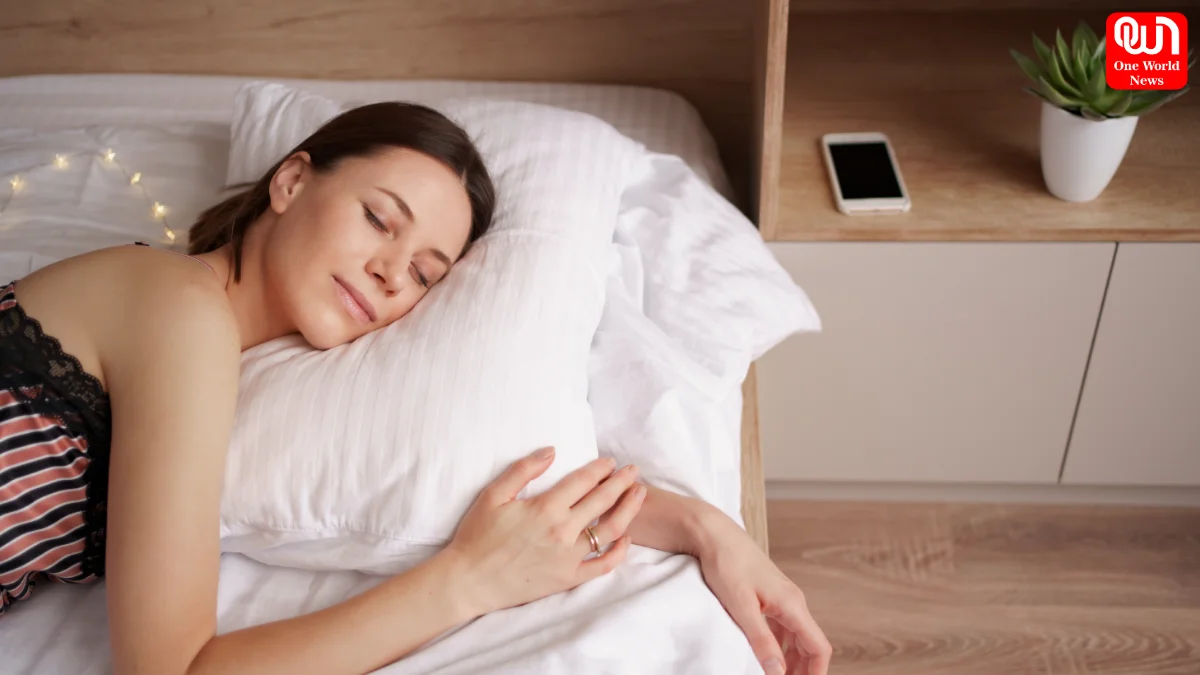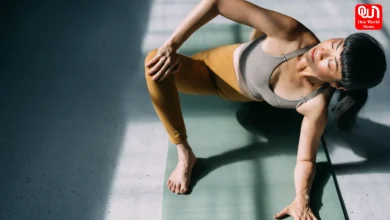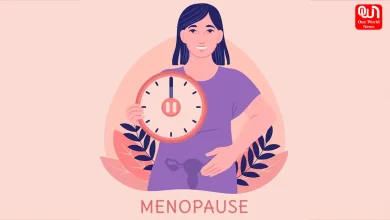The Overlooked Science of Calming the Body Before Bed
Sleep isn’t just about how long you’re in bed. The real marker of good rest is how deeply the body drops into repair mode once your head hits the pillow.
Sleep isn’t just about how long you’re in bed. The real marker of good rest is how deeply the body drops into repair mode once your head hits the pillow. That depends on how well your nervous system has been cued to shift from the stress response to the rest response. For most of us, that transition doesn’t just happen on its own. It requires signals, habits, and rituals that prime the body to slow down. Scientists are finding that sleep quality improves less from sheer willpower and more from creating the right conditions in the hours leading up to bed.
Shifting Out of Stress Mode
The body spends most of the day bouncing between two primary modes: sympathetic, which keeps us alert and ready for action, and parasympathetic, which fosters digestion, healing, and rest. To sleep deeply, you need the parasympathetic system to take the reins. The problem is that stress hormones, screen light, and constant stimulation keep the sympathetic system running long after you’ve shut off the lights. Transitioning out of this mode doesn’t happen instantly. It takes steady cues. Controlled breathing, low lighting, or even something as simple as closing down the laptop early can start nudging the system toward a calmer state. This isn’t about rigid discipline, but about signaling safety and stillness to the body so it can do what it’s designed to do.
The Role Of Evening Rituals
Think of rituals not as rules but as signposts. A warm shower, slipping into soft clothes, or making a cup of herbal tea can condition the body to expect rest. The repetition matters less than the association you create. Once your brain links an action to slowing down, the act itself becomes a trigger for calm. Rituals don’t need to be elaborate. In fact, the simpler the better, because the point is consistency. They’re cues to the nervous system, reminders that the stressful part of the day is over. It’s easy to underestimate how powerful that mental shift can be, but over time the effect compounds, making it easier for the body to downshift into real rest.
Natural Helpers And Why They Work
Plenty of people look for extra tools to support that calming process. Herbs like chamomile or lavender have compounds that interact with brain receptors linked to relaxation. Magnesium helps regulate neurotransmitters and can ease tension. And while not for everyone, CBD products are a lifeline here, especially for those who feel wired when they should be winding down. They appear to influence receptors tied to stress and sleep cycles, giving the body another gentle nudge toward balance. None of these options are magic, and they won’t override a day of high stress or late-night scrolling, but they can add another layer of support to the body’s natural rhythm.
The Impact Of Light And Sound
The nervous system is heavily influenced by the environment. Bright, cool-toned light tells the brain it’s daytime, so screens and overhead lighting at night can push back the body’s natural release of melatonin. Shifting to dimmer, warmer light in the evening is a subtle but powerful cue that night is coming. Sound works the same way. Noise keeps the stress response on alert, but steady, predictable sounds like white noise, soft music, or even the hum of a fan can mask disruptions and reassure the brain that it’s safe. This isn’t about creating a perfect environment, just about removing unnecessary alerts that trick the nervous system into staying awake.
Breath And Body Connection
Breath is one of the fastest ways to tap into the parasympathetic system. Slow, controlled breathing signals the body to lower heart rate and blood pressure. Practices like box breathing or 4-7-8 breathing are simple enough to do in bed, and they work quickly because they bypass the overthinking brain and go straight to the nervous system’s control center. Gentle stretching or restorative yoga can have a similar effect. These movements aren’t about exercise but about releasing tension and sending a message of safety. Pairing breath with movement creates a loop of calm that the body recognizes and responds to almost immediately.
Why Temperature Matters More Than You Think
The body naturally cools itself down at night as part of the sleep process. You can help it along by keeping your environment slightly cooler or by warming your body briefly, like with a bath or shower, so it cools quickly afterward. That drop in body temperature is one of the strongest signals that it’s time for deep rest. Overheated bedrooms or heavy bedding can work against this natural rhythm. A cooler environment doesn’t just make you more comfortable, it allows the nervous system to shift gears more efficiently, making restorative sleep more accessible.
Read More: Sleepy During Periods? Here’s What a Gynaecologist Wants You to Know
Position And Posture While Resting
How you lie down can influence not just comfort but how well the body stays in restorative mode. Some ideal sleeping positions support spinal alignment, ease pressure on muscles, and even improve breathing. For many, sleeping on the back with a pillow under the knees reduces tension. Others find that side sleeping, especially with a pillow between the knees, helps keep the hips and spine aligned. The point isn’t to force one position but to find what allows your body to fully relax without added strain. When the body feels physically supported, the nervous system doesn’t have to stay on guard, making deeper rest possible.
Final Thoughts On Deep Rest
Restorative sleep is less about hacks and more about cooperation with the body’s natural signals. When you give the nervous system repeated cues of safety, consistency, and calm, it will take the invitation. The science of winding down may be overlooked, but it’s not complicated. Small, intentional steps build the bridge from wakefulness to deep rest, and once that bridge is solid, sleep can finally do its work.
We’re now on WhatsApp. Click to join.
Like this post?
Register at One World News to never miss out on videos, celeb interviews, and best reads.








